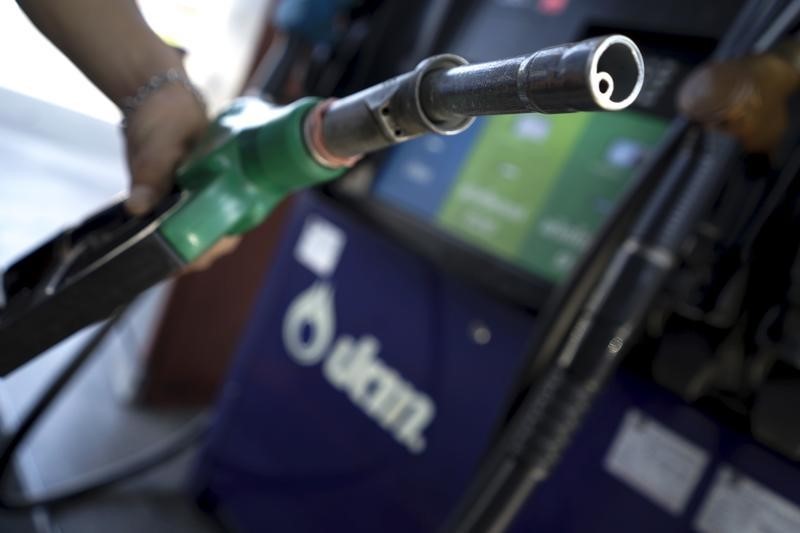By Barani Krishnan
Investing.com - U.S. crude rose on Tuesday ahead of the rollover of its spot futures contract. And the appearance of the market could not be more different than a month ago, when it was so unloved that it ended up with sub-zero prices during the transition.
“Today, it is a very strong market that looks like it has very little for sale, with the combination of ‘risk on’ and supportive news from the crude side driving prices,” said Scott Shelton, energy futures broker at ICAP (LON:NXGN) in Durham, N.C., about the West Texas Intermediate futures complex.
The June contract for New York-traded WTI crude, which expires at Tuesday’s settlement, settled up 68 cents, or 2.1%, at $32.50 per barrel.
July WTI, which Investing.com is already quoting for spot-month activity due to the huge shift in volume ahead of the contract roll, finished up 31 cents, or 1%, at $31.96.
June WTI’s premium over July since Monday also meant that there was no longer an incentive for traders to buy oil and store it to sell later at a better price.
Such an incentive, known in the oil market as contango, had weighed heavily on the front-month of U.S. crude during the height of the coronavirus pandemic when millions of barrels of demand for oil were lost overnight. Exactly a month ago, WTI’s previous contract, May, fell to minus $37 a barrel, blowing out its contango to the successive month.
“In one month, the WTI expiry has moved from the mother-of-all-contango, to a backwardation,” Olivier Jakob, founder of the PetroMatrix oil risk consultancy in Zug, Switzerland, said, referring to the market's new dynamic.
“Over that period, the glut of retail traders on the first-contract has been reduced by the intervention of brokers and of the exchanges; and the glut of barrels in Cushing has been reduced by the price action that forced a severe reduction of production,” Jakob said.
June WTI has gained some 200%, hitting a two-month high of $33.32 on Monday, from a low of $10.07 on April 28.
Adding to WTI’s upside, Seevol.com reported a 5.5 million drop in crude stockpiles last week at the Cushing, Ok. holding center for oil delivered against expiring contracts of the U.S. benchmark. That came on top of the previous week’s decline of 3 million barrels.
Cushing stockpiles were growing as fast as 5 million barrels per week through April, triggering speculation that the 76-million-barrel capacity hub will run out of space before the end of this month. Fears of a Cushing max-out were among factors that drove WTI futures to last month’s negative pricing.
Later on Tuesday, at 4:30 PM ET (20:30 GMT), the American Petroleum Institute will issue on the balances in U.S. crude, gasoline and distillate stockpiles for the week ended May 15. The API data will serve as a preview of the weekly petroleum supply-demand report, due from the U.S. Energy Information Administration on Wednesday.
The market is expecting the EIA to report that crude stockpiles rose by 1.2 million barrels last week, versus the previous week’s drop of 750,000 barrels.
The agency is also expected to cite a drop of 2.1 million barrels in gasoline stockpiles, after the previous week’s draw of 3.5 million barrels.
For distillates inventories, the forecast is for a rise of 1.4 barrels, compared with the previous week’s build of 3.5 million.
Brent, the London-traded global benchmark for oil, settled down 16 cents, or 0.5%, at $34.65.
